Maya News Updates 2007, No. 80: Chunchucmil, Yucatan - Soil Sample Analyis Shows Evidence of Market Economy
In its latest issue (Vol. 18, No. 4), the journal Latin American Antiquity published an article on the analysis of soil samples collected at an artificial clearing at the center of the archaeological site of Chunchucmil, Yucatan, Mexico. The geochemical analysis of the soil samples showed that the phosphorus level was 40 times higher than background samples. This high level of phosphorus at the clearing at the center of Chunchucmil may be indicative of the fact that the clearing functioned as a market place. On December 3, 2007, the online edition of the The Salt Lake Tribune posted a short notice on this important research (edited by MNU):
High soil samples in Mayan city's soil indicate it hosted a market economy - For years archaeologists have wondered why Mayan cities seemed to have populations far greater than the local agricultural output could support.
Thanks to sleuthing by a team of soil scientists from Brigham Young University, a solution to this riddle has surfaced that may revolutionize what we know about the ancient Mayans who inhabited Central America 1,500 years ago, according to a study published this month in the journal Latin American A[ntiquity]. Working with Shepard University archaeologist Bruce Dahlin, the BYU team proved that the soils in a clearing at the center of a Mayan city were laden with phosphorus levels 40 times higher than background levels.
The findings provide evidence of a market economy, which calls into question the dominant view that ancient Mayans redistributed goods through a tribute system, said Richard Terry, a BYU professor of environmental science. "All food materials contain phosphorus, and a common denominator of all humans is that they bring food to places where they live," Terry said. "Over time, the organic matter is ground into the soil and rots, but the phosphorus holds to the soil particles." A dilemma for archaeologists working in tropical areas, such as the Yucatan, is that very few artifacts survive the centuries in warm, humid climates, particularly when 90 percent of the objects used by ancient people were made of perishable materials. In such archaeological settings, Terry's techniques of soil analysis are particularly useful.
"These methods reveal intricate patterns of human behavior in what would ordinarily be invisible - the chemical residues left by trading, marketing, farming and habitation," said Stephen Houston, a Maya scholar at Brown University not associated with the study. "[Terry] is at the forefront of developing and applying these methods in the New World." The researchers studied a site at the center of a long-abandoned city called Chunchucmil, occupied by up to 45,000 people on the western end of the Yucatan Peninsula around 400 to 600 A.D., an era considered to be the Mayans' classical period. This once-densely populated area, now in the middle of nowhere, occupied land that had a low agricultural potential, Dahlin said.
"It's an area of insufficient rainfall and once it falls it percolates through the soil. Up to 50 percent of the landscape is bedrock, and what's left is thin clay soil that inhibits the uptake of nutrients for plants," Dahlin said. "Here is an area that is demonstrably the worst area for agriculture and yet here was one of the largest cities the Maya ever created." Chunchucmil was less than 17 miles from the second-largest salt works in Mesoamerica, which would have served as a rich source of a valued commodity that could be traded for imported food.
At the middle of the city was a flat, three-acre clearing lined with rocks suggestive of stalls. "It was artificially leveled, there were single-stone-high rock alignments, very few artifacts. It was just clean. Phosphorus levels were highest along the rock alignments. Not only that, the area of highest phosphorous was parallel to the sacbe," or the plaster-covered thoroughfares that served as streets for the Maya, Terry said. "That suggest to us a pathway. The soil analysis was in conjunction with what the archaeologists call activity-area analysis, looking at structure and artifacts. There were food wastes that seeped into the soil over a long time, at least decades, quite likely centuries."
For purposes of comparison, researchers searched for a contemporary marketplace used by indigenous people, but had trouble finding one that had not been paved over. Researcher David Wright eventually found one in Antigua, Guatemala, where he sampled the soils. Wright discovered similar phosphorus-rich patterns that mirrored what was observed at Chunchucmil (written by Brian Maffly; source The Salt Lake Tribune).







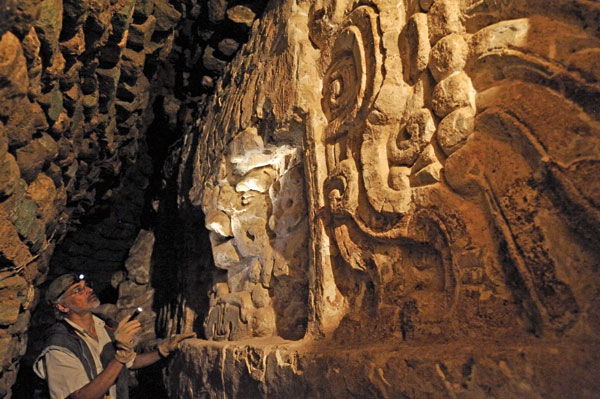
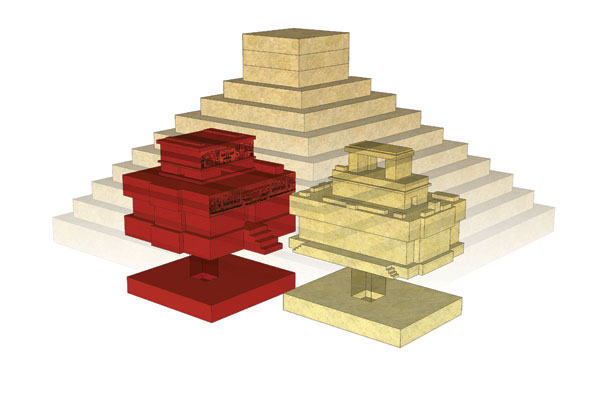
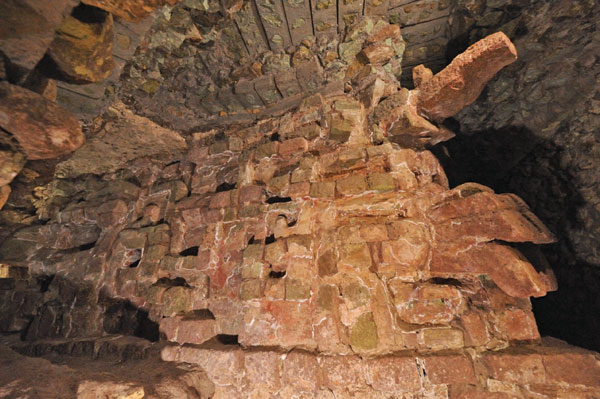





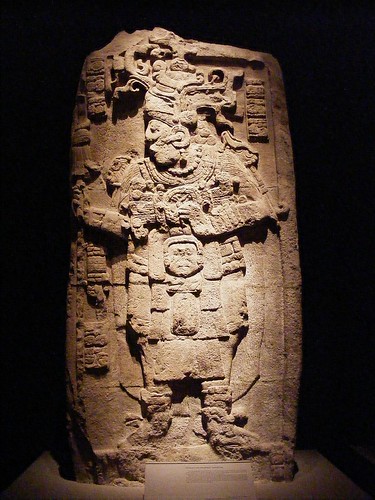


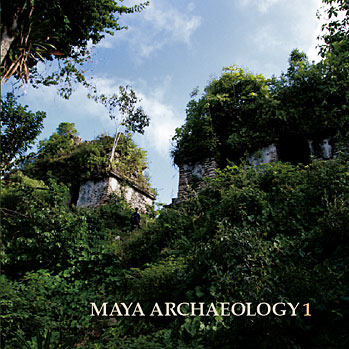









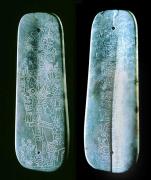
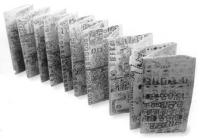

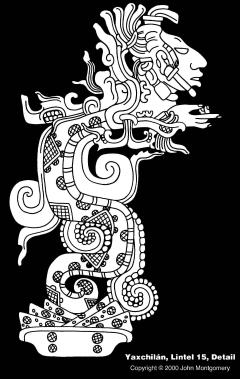

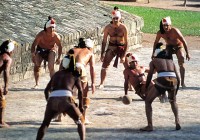


0 Comments:
Post a Comment
<< Home